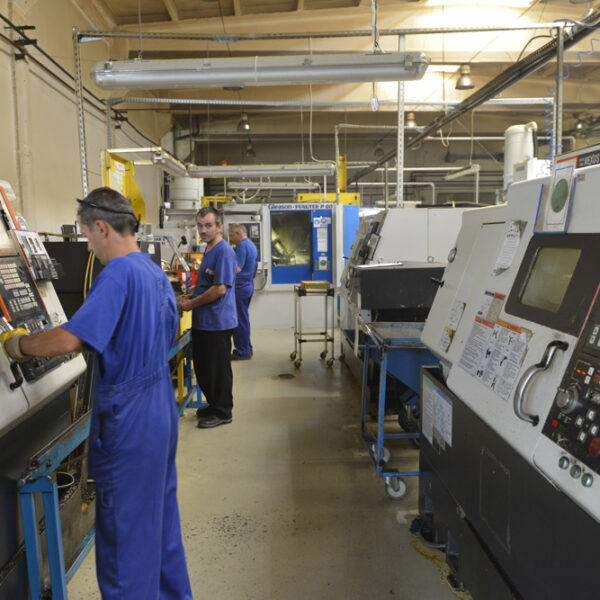

Industry 4.0: an overview of Romania’s advantages and disadvantages
To start the understanding of transition possibilities, it is important to examine some of the known disadvantages and potential setbacks that could influence on Romania’s progress.
– by Alexandra Sasu
How does the country perform under the prospect of the 4th Industrial Revolution?
The term Industry 4.0 refers to the future of industry. Over the last two decades, the variety of products made available to the general public has more than doubled. Along with this came new methods and requirements for manufacturing, so much so that it has made traditional industry no longer sustainable. The future needs to be simplified, connected, and perfected.
In more developed countries, this is already being implemented and promoted on a larger scale, but in countries such as Romania, the transition to Industry 4.0 could prove itself as tricky.
To start the understanding of transition possibilities, it is important to examine some of the known disadvantages and potential setbacks that could influence on Romania’s progress:
Paper preference. In 2016 only 65% of households had internet access, with a majority of 92% of users being up to 34 years old. Only 50% of the country’s population used a smartphone. This goes to show that almost half of the country struggled with embracing technological advancements, especially the older population. As such, it is no secret that when it comes to information storage, ink on paper is the preferred method. There are several disadvantages to this fact: the time it would take to digitize all the information on paper could be discouraging for some; having not taken advantage of the technological possibilities existent up until now, convincing anyone to take a step even further could be difficult; switching to a digital database/system could be counterproductive considering the high percentage of people without internet.
Brain Drain. In the manufacturing industry, the transition to Industry 4.0 may imply on switching to robots and production machines which are able to connect to the cloud and share and process data in real time. They aim to simplify and offer aid in the manufacturing processes. This also requires employees that know how to operate them, and the software which oftentimes can be challenging. The reason for this is that most highly skilled workers and skilled manual workers choose to seek employment abroad.
Resistance to change. Despite the thriving IT environment in Romania, not many companies have turned towards digitalisation, with less than 20% of local businesses experiencing relevant results from this process. This choice to maintain the same methods of production not only sets Romania back in its progress, but it keeps workers in labour positions that can be rendered obsolete in 5 to 10 years.
These disadvantages form only minor setbacks at most, as all of the ones mentioned above can be worked on and improved, and do not represent a permanent feature. To sweeten Romania’s prospects even more, it is crucial to have an overview of the advantages that Romania has regarding Industry 4.0:
Investment and development potential. Eastern-European countries are highly attractive when it comes to foreign investment, as their markets are more juvenile than their mature Western-European counterparts. Romania provides a competitive, dynamic and stable economy, with government support for foreign investors. This in turn can play well for Romania as it gains access to western influences.
Strong automotive industry. In the last decade, the automotive industry has become one of the major pillars of Romanian manufacturing, with brand names such as Ford, Renault and Opel investing into and further developing it. The automotive industry is a prime candidate to benefit from the Industry 4.0 trends.
Good internet connections. Romania has one of the fastest internet speeds in Europe, which creates the perfect environment for data flow, transfer and processing.
Strong IT environment. The IT sector of Romania is well developed, partially due to the fast internet, and mostly due to universities producing significant numbers of graduates who are experts in cyber-physical systems, IT security, Big Data analysis, AI and much more. Within the IT field, many professionals choose to stay home, as foreign companies located in Romania provide employment with salaries just as good as abroad.
When comparing the advantages and disadvantages, the advantages seem much more grounded than the disadvantages. It takes a lot of work for a country to make itself appealing to foreign investment, and in the case of a country such as Romania, it takes a lot of effort to establish such stable values. Its disadvantages stem more from the mentality of its population and less from technicalities, mentalities which can easily be swayed in time, and can faster be “fixed” than any technicality. Romania is as ready as it will ever be for Industry 4.0.



